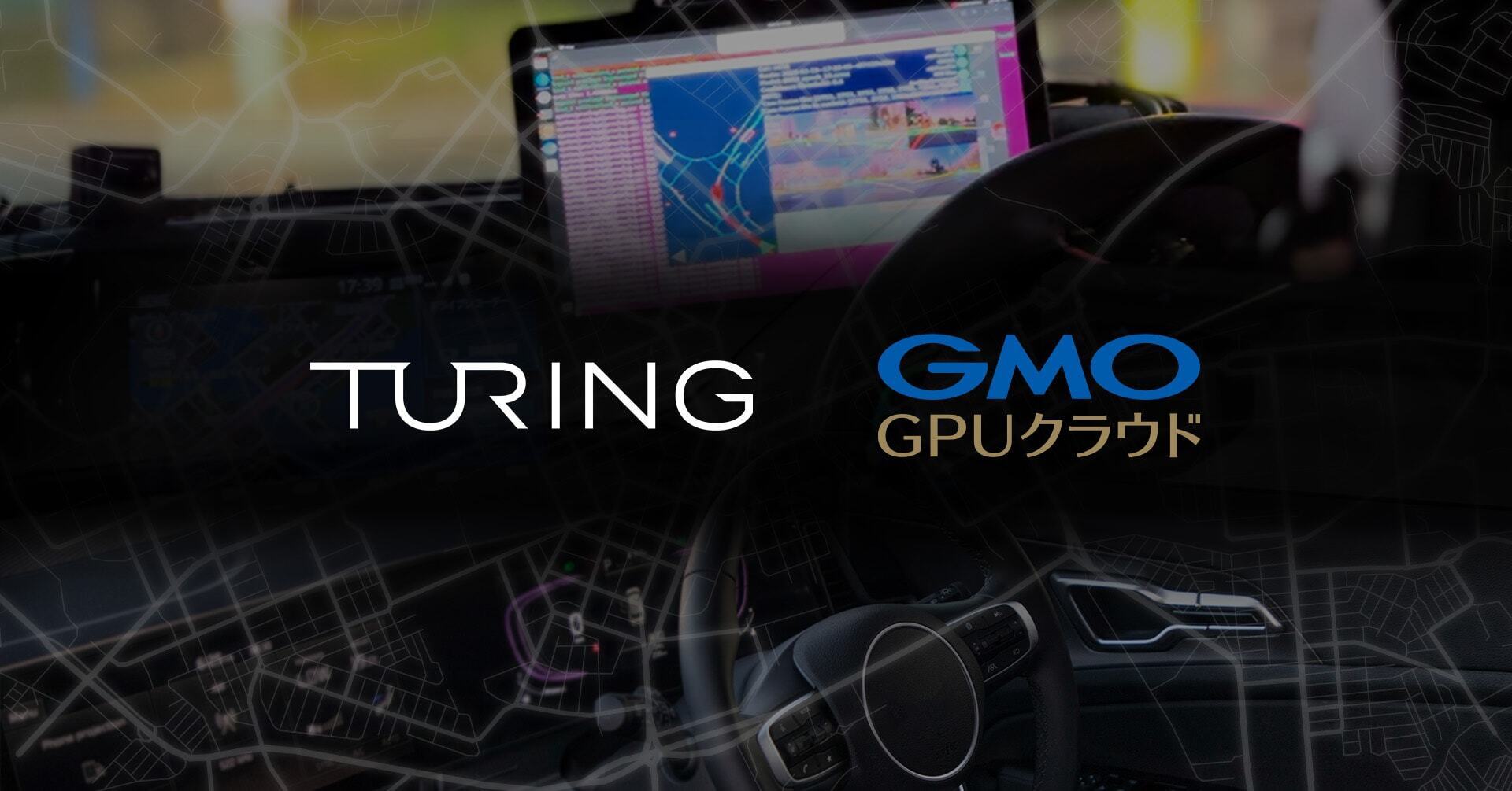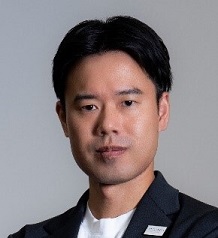
(*1) As of November 22, 2024, according to our research, GMO GPU Cloud is the fastest among domestic commercial cloud services in Japan. (Reference: “GMO GPU Cloud” Makes Its Debut in the TOP500 Supercomputer Rankings – https://www.gmo.jp/news/article/9266/)
(*2) End-to-End (E2E): Unlike conventional systems that divide processing into separate functions such as perception → decision-making → control, E2E refers to an integrated processing approach in which a single AI model handles everything from input data collected via sensors like cameras to output control signals such as steering, acceleration, and braking.
(*3) Multimodal Generative AI: A generative AI technology capable of processing and understanding multiple types of information simultaneously, including images, audio, and text.
(*4) Generative World Model: A technology in which AI, equipped with an understanding of physical laws and causal relationships in the real world, predicts future scenarios and outputs them as videos. For example, it can reproduce human-like predictive behaviors such as "slowing down because a pedestrian is approaching" with high accuracy.
(*5) VLA Model Dataset: A dataset that integrates Vision (visual input), Language (linguistic input/output), and Action (behavior/output) to support autonomous driving systems.
[Turing's Strengths and the Reason for Choosing GMO GPU Cloud]
– A Bold Mission and Cutting-Edge Technological Development –
Turing has adopted the mission “We Overtake Tesla” and is dedicated to the research and development of fully autonomous driving, where vehicles take over driving tasks from humans under any condition.
While maintaining a much simpler architecture compared to conventional autonomous driving systems, Turing is advancing both the development of a highly accurate End-to-End autonomous driving system and a large-scale foundational model that can flexibly make decisions based on human-like common sense and contextual understanding, even in diverse and complex rare scenarios. Through this dual-track innovation, Turing is driving forward technological breakthroughs in the autonomous driving field.
– A High-Performance Computing Environment Supporting Advanced AI Development –
Advanced AI development of this scale requires massive computational resources far beyond the capabilities of conventional infrastructure. By adopting GMO GPU Cloud, Turing can significantly accelerate the training and inference of large-scale models, enabling shorter development cycles and substantial improvements in AI model accuracy.
Furthermore, GMO GPU Cloud provides a secure environment managed within domestic data centers, making it ideal for autonomous driving AI development that handles highly confidential technologies and data within Japan.
[Comment from Mr. Yu Yamaguchi, CTO of Turing]
GMO GPU Cloud features a distributed training stack including high-bandwidth interconnects, high-speed distributed storage, and HPC job management—an architecture that closely aligns with our technical philosophy at Turing. This setup enables seamless training of large-scale data and AI models without bottlenecks, and I am confident it will further accelerate our development cycle toward realizing fully autonomous driving AI.

[Key Features of GMO GPU Cloud]
GMO GPU Cloud is a high-performance GPU cloud service equipped with NVIDIA H200 Tensor Core GPUs, combining Japan’s first implementation of the high-speed “NVIDIA Spectrum-X” network with high-speed storage. This configuration delivers the fastest performance among commercial cloud services in Japan for multi-node setups.
In the global TOP500 supercomputer ranking published in November 2024, GMO GPU Cloud was ranked 37th worldwide and 6th in Japan, boasting the top performance among commercial cloud platforms in the country. With its exceptional performance and stability in multi-node environments, it provides an ideal infrastructure for advanced AI development, including training large language models (LLMs) and building multimodal AI systems.
[Future Outlook]
AI technology is driving innovation not only in autonomous driving, but also across a wide range of industries including healthcare, manufacturing, agriculture, and energy. It is becoming an essential tool in addressing pressing societal challenges such as an aging population, labor shortages, and rural depopulation.
GMO Internet will continue enhancing the functionality and performance of GMO GPU Cloud, delivering one of the highest-level computing environments in Japan to support Turing and many other companies and research institutions. Through these efforts, we aim to contribute to the realization of a sustainable society and strengthen the global competitiveness of Japan’s AI industry.
[About GMO Internet]
GMO Internet launched a new organizational structure on January 1, 2025, to integrate the strengths of the Internet Infrastructure and Online Advertising and Media businesses within the GMO Internet Group.
By fully leveraging the robust revenue foundation of the Internet Infrastructure business and the unique strengths of the Online Advertising and Media business, we aim to deliver “smiles” and “inspiration” to everyone we engage with under our corporate slogan, “Internet for Everyone.” We are committed to creating new value and shaping the future with AI.
[About Turing]
Turing is a startup dedicated to developing fully autonomous driving technology. The company is building an End-to-End (E2E) autonomous driving system in which AI handles all driving decisions—including steering, acceleration, and braking—based solely on data captured by cameras.
Turing is also driving innovation in the autonomous driving field through the development of advanced technologies such as:
• Heron, a multimodal generative AI capable of making complex decisions using various types of data
• Terra, a generative world model that can produce realistic driving scenes as video
• CoVLA Dataset, a VLA model dataset that translates visual driving environments into
natural language for optimal route planning
Through these efforts, Turing aims to realize the future of fully autonomous driving.
• Heron: https://tur.ing/posts/n7UT9tmK
• Terra: https://tur.ing/posts/V0YV1eyS
• CoVLA Dataset: https://tur.ing/posts/ACnNV8lk


